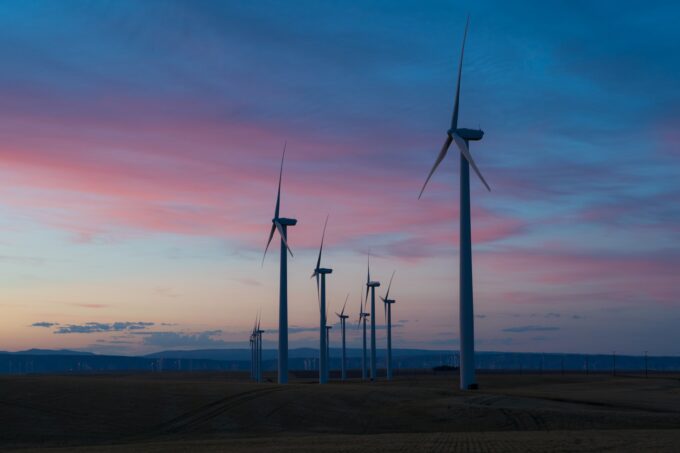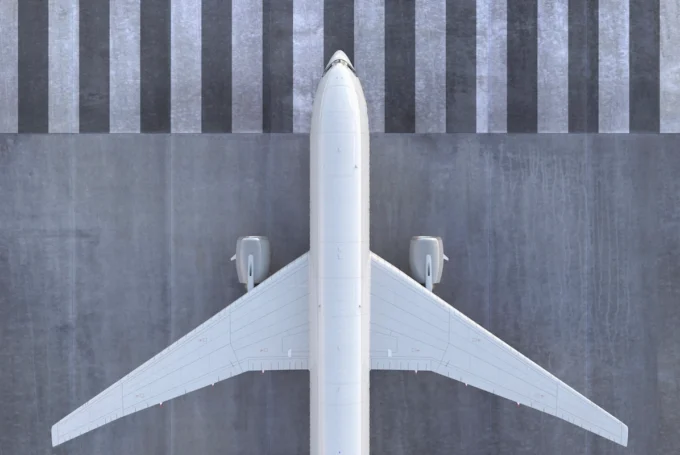It is no secret that the aviation industry is one of the most polluting in the world.
The emissions from public and private aircraft are highly criticised as the airline industry is responsible for nearly 3% of global carbon dioxide emissions. By 2020, total aviation emissions were 70% higher than in 2005. And those figures could rise. If we don’t act, it could increase by 300% by 2050, according to the ICAO (International Civil Aviation Organisation).
Finding an alternative to current kerosene-powered aircraft is one of the major challenges of the next decades for the industry, and it is becoming urgent.
However, not everything is all dark and hope remains. There are a lot of projects that are currently being undertaken that are working on alternatives such as hydrogen and electrical-powered aircraft. There are also big deadlines set by different important entities in the sector, setting key indicators of performances that have to be reached within the next decades.
Greener aviation has to become the number one focus of the industry but sometimes it comes with a cost. Indeed, public opinion has been quite vindictive about the abusive use of jets by stars, billionaires and politicians.
However, the controversy has to be balanced as we need private jets for very special urgencies such as with repatriation flights.
Now the industry is focused on making changes and reaching net zero carbon emission flights. AEROAFFAIRES, for example, established a programm : SkyCO2.

Source: unsplash.com
Projects that are undertaken by airlines
Public airlines are committed to change. Indeed, most airlines today are looking for ways to reduce their carbon emissions and become greener. Airlines want to optimise the carbon footprint of cargo and passenger flights. A lot of airlines have carbon-offset programs where they invest in preserving forests or donating money to environmental associations.
However, this is not enough to get towards the zero-emission objective that has been set in the industry. Different entities such as aviation associations and airlines have launched projects: Alliance for Zero-Emission Aviation, Zero-Emission Aircraft, ZEROe Airbus’ initiative to introduce hydrogen aircraft by 2035, Target True Zero initiative, Fly Net Zero, and others. The key deadlines for these projects are 2035 and 2050, by then the aviation industry would be a zero-carbon emission industry.
For the moment, airlines can just update their aircraft freights, leverage the power of technology to optimise fuel usage, reduce zero passenger flights and invest in research in order to reach the net zero emission goal. The airlines are planning to get carbon neutral, but there is a long way to go before it happens.

Source: unsplash.com
Alternatives to kerosene powered aircraft
At the moment, there are a lot of prototypes and projects that are being undertaken in the aviation industry to find an alternative to kerosene-powered aircraft.
The most prominent answers have been electrical and hydrogen-powered aircraft. These technologies are being seriously considered as alternatives with convincing prototypes.
Electrical aeroplanes sound like an impossible task, however, there is already a company that flies electrical-powered commercial private jets. Indeed, Alice is an electrical-powered jet from the company Eviation. It takes passenger and cargo flights. It is a proof and good sign that it is possible to build sustainable aircraft that do not release carbon.
Hydrogen is another option for kerosene-powered aircraft. Hydrogen is referred to as a “clean fuel” because it creates water when consumed. It is a zero-carbon fuel with no emissions. If researches break through it would be the perfect tool for zero-emission flights. However, it has its drawbacks. Indeed, hydrogen is not as available as the other resources and it has a high cost of exploitation. Only a few prototypes exist, and if we don’t find a faster and cheaper way to exploit hydrogen it could become obsolete as a replacement for kerosene.
Lastly, another alternative is biomass, known as “food-to-fuel” in order to power aircraft. Depending on the biomass source, biomass fuels could reduce aeroplane emissions by up to 98% compared to standard kerosene-based jet fuel. The idea would be turning food waste into jet fuel to power aircraft and private jets. Using “wet waste” is the waste we produce that is biodegradable such as vegetable peels, fruits, leftovers, leaves, expired food, etc. They could be used and transformed into fuel. This would lower the carbon emission. It would also help reduce food waste at the same time, so it is a great initiative. However, it is quite expensive now to produce.

Source: skift.com
How can technology help the aviation industry to reach zero emission?
One of our best hopes in reaching net zero carbon emission is technology. Indeed, if we manage to make breakthroughs on different topics this could skyrocket discoveries on alternatives to kerosene and optimise the way we consume fuel today.
The major advancement is optimisation in different areas of the aviation industry. Indeed, with higher computer calculation forces and algorithms, it could be possible to forecast weather on a route instantaneously. This would have a direct impact on carbon emissions as pilots could then adapt their flight and use the power of winds to reduce engine power of aircraft for example. We would then have more ecological flights using the power of more efficient computers. Better data and algorithms could also identify aeroplanes that are likely to fly with few passengers and optimise the number of flights per destination and airports to minimise fuel consumption, thus the emissions generated by flights. Making more advancements in artificial intelligence, quantum computing and better components will result in substantial advances for the aviation industry.
Advances in technology could also accelerate the number of efficient prototypes using hydrogen or biomass-powered aircraft. If advancements were made it could mean that the process to develop hydrogen and biomass will be less costly thus more tests could be performed
Finally, advances in technology could mean the use of new materials in order to build aircrafts. We know that the weight of an aircraft results in more or less emission. If we manage to reduce the weight of aircraft by using new materials it would be possible to reduce carbon emissions.







